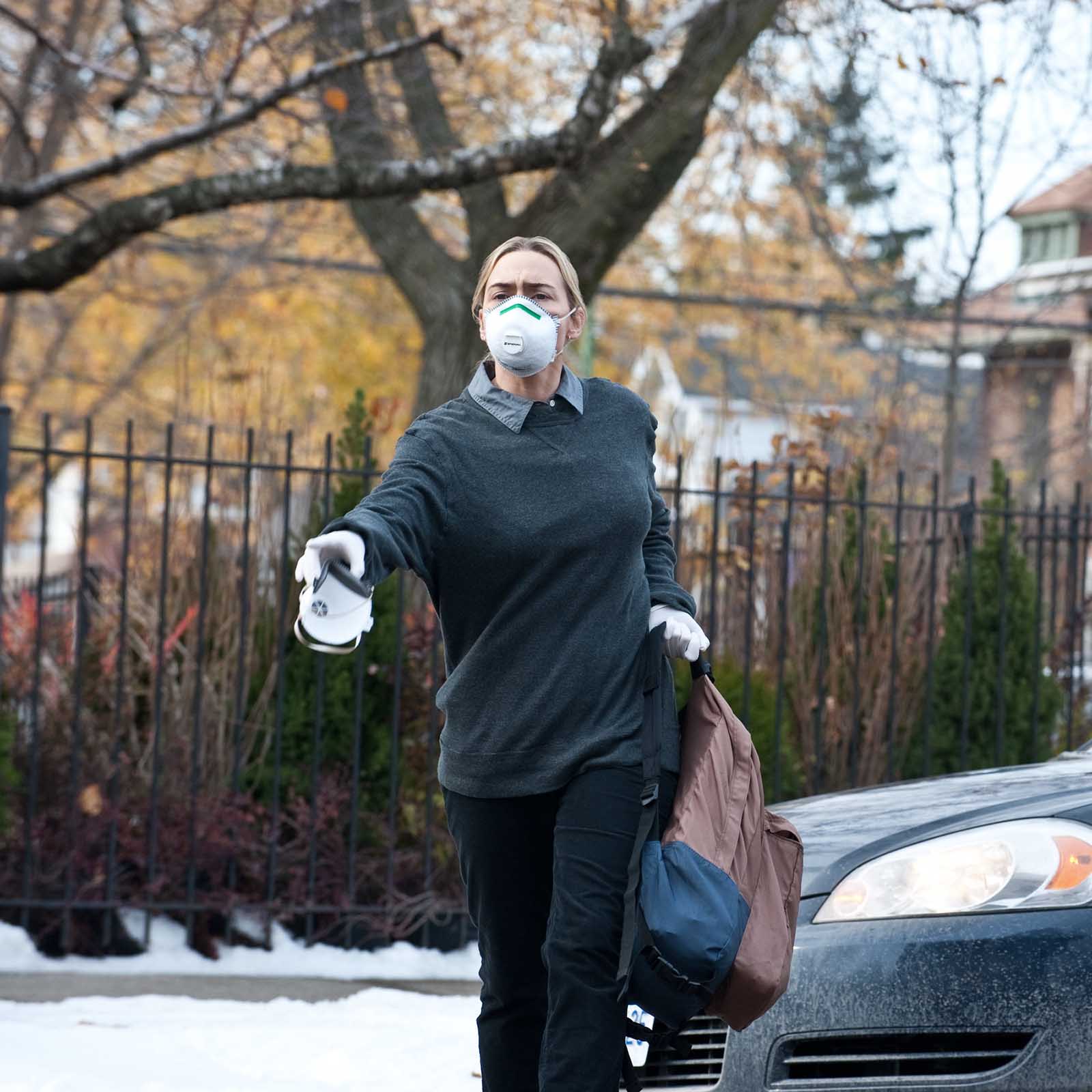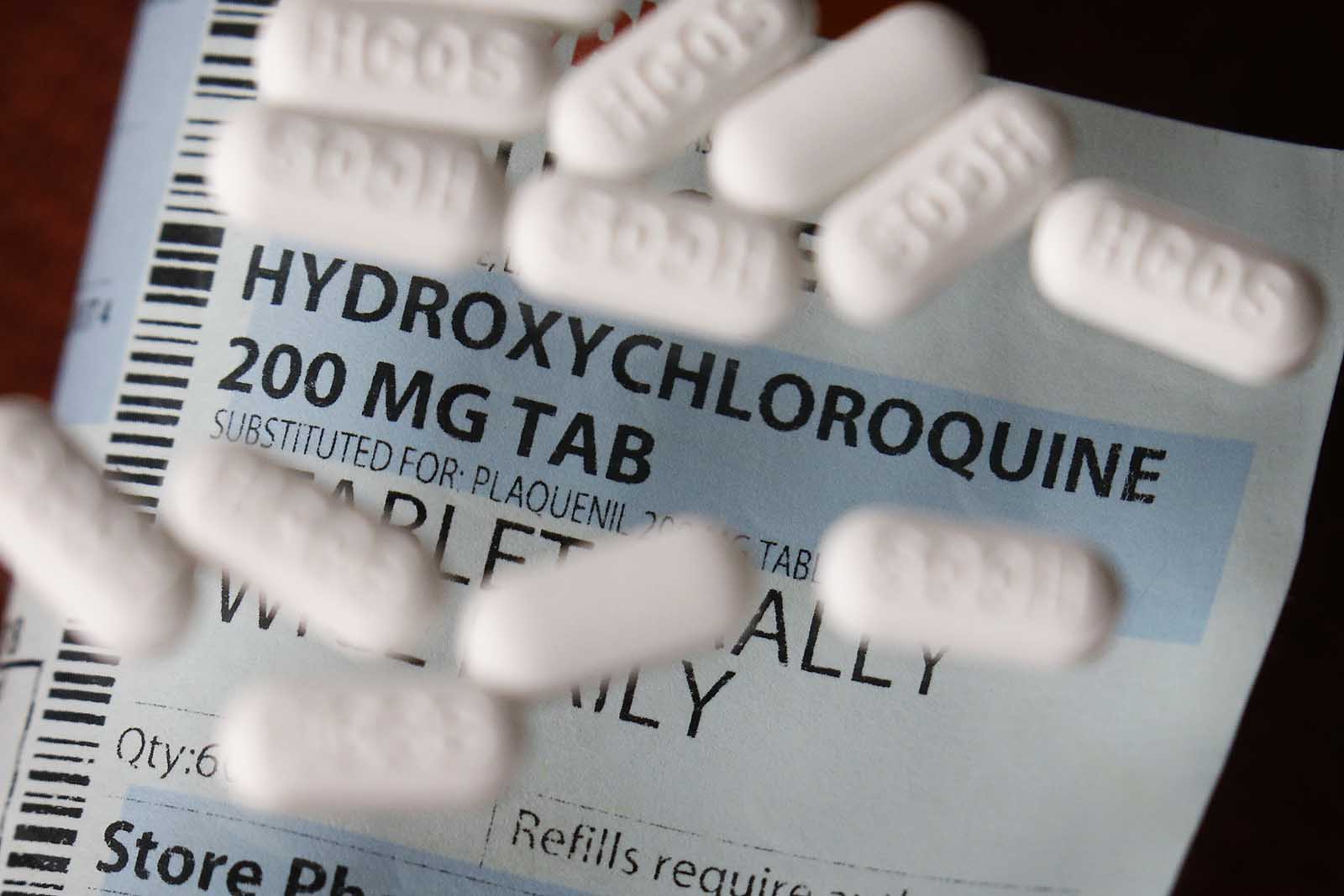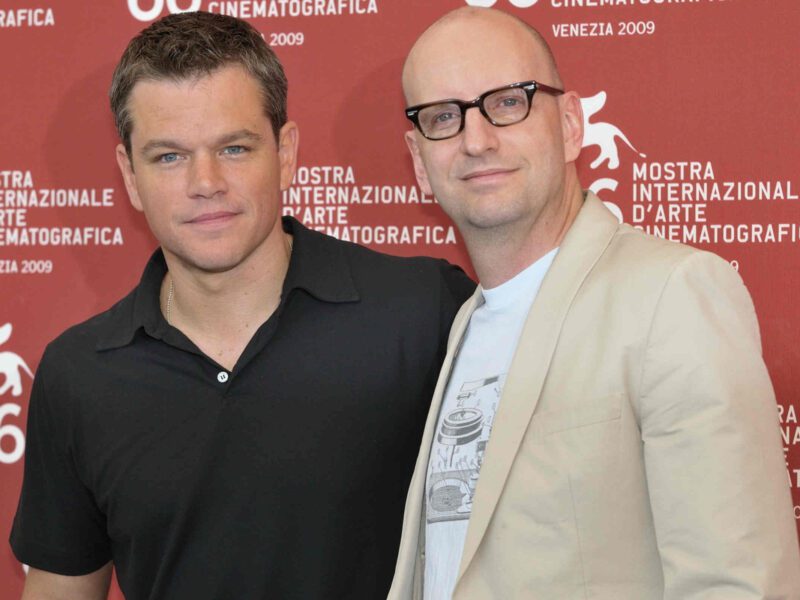
How Steven Soderbergh’s ‘Contagion’ is scarily prescient
It’s no surprise the world has rediscovered Contagion nearly 10 years after it first hit theaters. The Steven Soderbergh-directed film has hit a little too close to home with its pandemic story. But we’re not just talking about some casual comparisons.
The reason the film has come back into public discussion is because of how eerily similar the fictional MEV-1 compares to COVID-19. Not only that but the fictional government’s treatment of the virus compared to the world’s reaction to Coronavirus. Frequent Steven Soderbergh collaborator Scott Z. Burns wrote the script, and we have questions.
Did Burns know something like this was coming in the near future, and wanted to write a film as a warning? Did he just happen to write a film about a modern pandemic that perfectly predicted the future? We’ll never know. But it’s hard to deny the similarities between Contagion and the Coronavirus crisis.

An Asian origin
Right from the beginning of the movie, it’s clear that this could easily be about Coronavirus. Gwenyth Paltrow’s Beth just came back from Hong Kong, feeling slightly under the weather. Two days later, she dies under mysterious circumstances with seizures. Her husband comes home to find their step-son also passed in a similar fashion.
As people slowly but surely turn up dead in a similar fashion to Beth, the government begins trying to figure out what’s happening, and its origin. They automatically jump to thinking this is some kind of bioweapon created by an enemy country to wipe out Americans over Thanksgiving weekend.
By the time they trace the disease back to Beth, they figure out it’s a Chinese-based virus. On top of that, the origin of the disease is a combination of pig and bat borne viruses. Sound like a certain virus we know today?

Spread through touch and respiratory droplets
Similar to how Coronavirus spreads, the virus in Contagion spreads through the air thanks to people breathing, and stays on surfaces not cleaned properly. To help stop the spread, countries try to lock citizens inside and have them leave as little as possible to combat the spread.
People are wearing masks left and right to help protect themselves from catching it. On top of that, people are urged to wash their hands a ridiculous amount and to not touch themselves until doing so to avoid unintentionally giving themselves the virus.

Conspiracy theories about a “cure”
Of course, everyone wants to end the pandemic in any way possible. So some people prey on the innocent and naive to give them a “cure” to the disease. Except the cure is not proven and most likely a fraud.
For Contagion, the “cure” is forsythia, a floral tincture. Naturally, forsythia sold out at pharmacies around the world, and Jude Law’s Alan Krumwiede made millions from the views on his video and sales on forsythia.

In our world, this is chloroquine and hydroxychloroquine. While the FDA and Department of Human Health Services have both toted that this is a solution for those in the hospital to treat them, they never state it as a “cure”.
We’ve seen multiple news reports though where people have taken an over the counter version of this chemical and ended up dying or in critical condition. On top of that, the FDA limited doctors from prescribing it to save it for those hospitalized with COVID-19. So it may be a treatment, but it’s not something people can take to prevent it.

Time until a vaccine is developed
We’re going to hope that CDC and WHO scientists developing a vaccine aren’t just going to stab themselves with the vaccine to test it on themselves. But even with that extra step by the scientist in Contagion, it still took several months for people to get a vaccine.
In real life, a new vaccine that can properly protect against Coronavirus is 8-10 years in the works. But that isn’t stopping scientists around the world from researching to get a vaccine on the market in a year or less. A phase one human trial started in the US in March for the vaccine.
Even if that trial passes with minimal side effects, it doesn’t automatically mean the vaccine is ready for use. It just means you’re not going to die taking the vaccine. What matters is proving the vaccine can actually prevent Coronavirus and protect the patient. That vaccine is at least a year away still.







